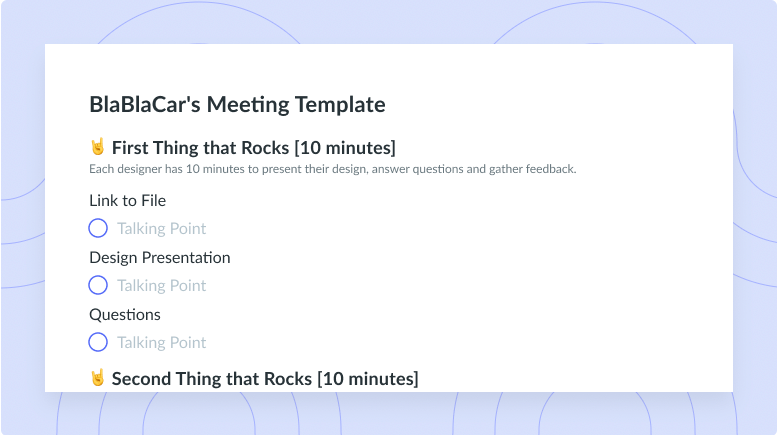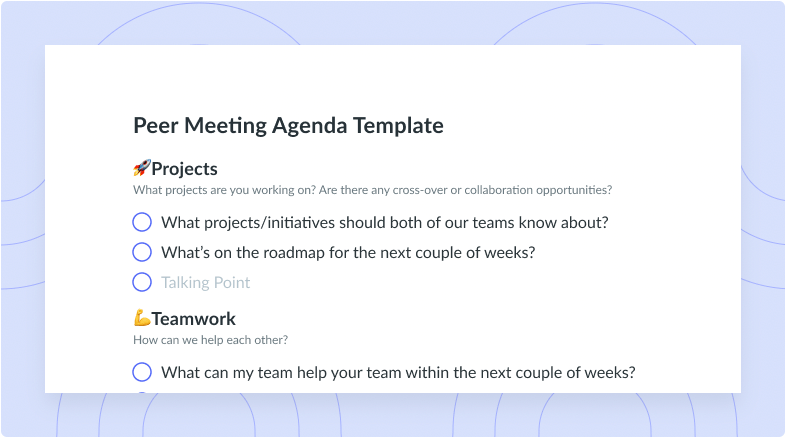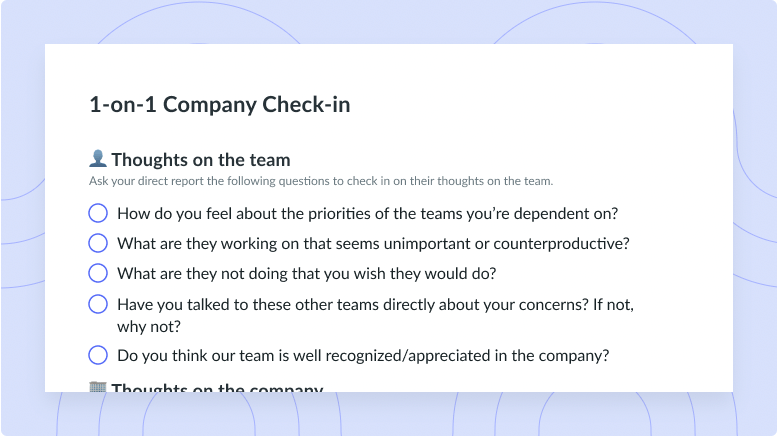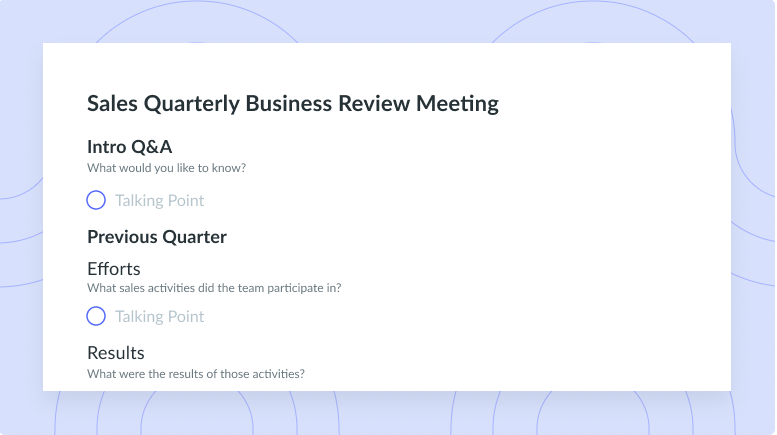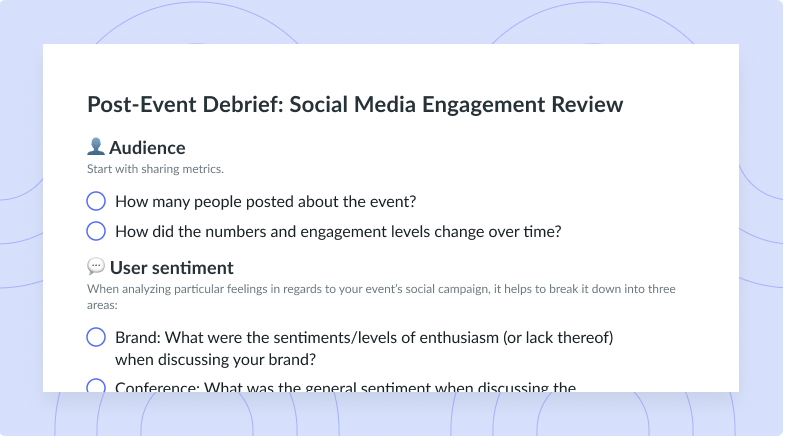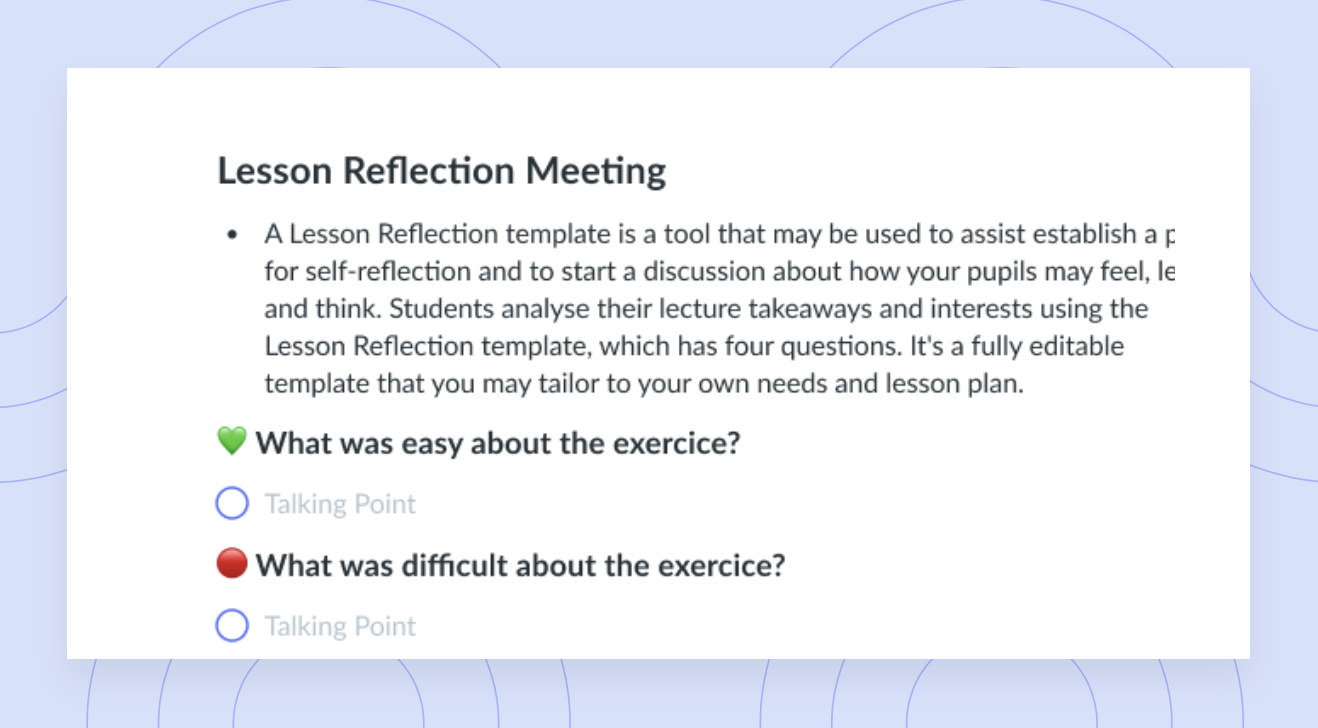Internal Communication Barriers: 8 Steps to Overcome Them
Workplace communication is key to success. Learn how to overcome internal communication barriers and improve your communication skills.
When you learn how to communicate effectively at work, you can set a better example for your team members and clear any barriers to communication. Mastering this art means you’ll have to know how to spot internal communication barriers.
With a great internal communication plan, you can find these barriers and overcome them. Effective internal communication will become the bedrock of your team – say goodbye to all the negative impacts of poor communication. Below, learn about some common communication challenges – and some steps you can take to leave your internal communication barriers in the past.
- What are internal communication barriers?
- 6 common internal communication barriers
- 8 steps to overcome internal communication barriers
What are internal communication barriers?
Internal communication is when people within an organization communicate with one another. It can include phone calls, emails, Slack messages, and team meetings. It’s different from external communication, which is when an organization shares information with people outside the team. External communication can mean, for example, making announcements to customers or clients on social media.

Run delightful meetings
Increase meeting engagement and productivity with a collaborative agenda that the whole team can contribute to. Try using a tool like Fellow!

6 common internal communication barriers
Internal communication barriers can get in the way of you communicating with your team or vice versa. To help you better understand them, below are some common communication barriers in the workplace.
- Low self-awareness
- Low focus
- Being afraid of change
- Low confidence
- Feeling overwhelmed
- Low energy or motivation
1Low self-awareness
When someone isn’t aware of how they communicate, it can create barriers to communication. Someone who is self-aware, on the other hand, is fully present and aware of their part in a situation. If you’re self-aware, you can see your fault in, say, a meeting conflict. You’ll likely be more willing to compromise and resolve the situation without becoming defensive. It’s important to be self-aware so you can build better work relationships.
2Low focus
When you’re not focused, you might struggle to absorb information – it doesn’t matter how clear someone is if you’re not fully in the zone. To overcome this hurdle, take notes if you get easily distracted in group settings. It’s also smart to advise team members against scheduling too many meetings and to keep your meetings organized.
3Being afraid of change
A team that doesn’t see change as a good thing might grow less. Fearing change can create barriers to an organization’s communication because team members might not speak up and share their opinions. That means you might not get to hear the great ideas that could help your organization change and grow. Instead, try encouraging everyone to speak up (when it’s their turn) and share their feedback and ideas. It’s a great first step toward something new.
4Low confidence
A team member who isn’t confident can have a negative domino effect on internal communication. Think of it like a series of links in a chain – if one link breaks, the entire chain becomes disconnected. So if a team member isn’t confident enough to communicate clearly with other team members, information can get lost along the way. If you support team members and help build their confidence, you can avoid broken links.
5Feeling overwhelmed
Information overload at work can lead to communication issues. This can stem from using too many communication channels, such as messaging tools or video conferencing programs. Try limiting the number of programs your team uses. You can also hold fewer meetings per day. For example, maybe you can set up a no-more-than-two-meetings-a-day rule to keep your team focused.
6Low energy or motivation
Low motivation at work can lead to low employee engagement, and unengaged employees don’t always communicate well. For example, a team member uninterested in their work might feel less inclined to chat with you about potential obstacles. This could lead to tasks going undone and your whole team falling behind. Team members whose work energizes them typically communicate better and keep the whole organization on track.
8 steps to overcome internal communication barriers
Now that you know some common internal communication barriers, here’s how you can overcome them.
- Stay present
- Be empathetic
- Come up with a plan
- Align your communication and your values
- Be an active listener
- Notice your body language
- Be concise
- Practice, practice, practice
1Stay present
The first step to overcoming internal communication barriers is to stay present at work. This often starts with focusing on one task at a time. Sure, it’s tempting to multi-task, but that usually results in you not fully focusing on any one task. And when you’re not fully focused on a task, you might forget some of what your team has told you to keep in mind. This internal communication break can lead to low-quality work.
To produce your best work and improve your internal communication, try staying focused on what’s in front of you. At first, you might have a hard time breaking the habit. But whenever you veer off course, just give yourself a gentle nudge to get back on track.
2Be empathetic
Meaningful communication and connection often come from empathy. This is especially important during conflict resolution – when people are upset, they want to feel heard. If you can put yourself in someone else’s shoes, you can step outside your feelings and get a better view of the situation. When you think about others’ feelings as you communicate, you’ll open your team members up to a more meaningful dialogue.
3Come up with a plan
If you come up against internal communication barriers and you have an internal communication plan, you’ll be more prepared to face the challenge. You should come up with a communication strategy for each department and your whole organization. Your strategy should steer your team in the right direction without overwhelming them. For example, in your plan, you can limit internal communication to two messaging platforms to keep things simple.
4Align your communication and your values
Although people with different viewpoints and personal values make for a great team, everyone should be on the same page about communication. All your communication should align with your company culture too. For example, if your organization’s company culture is to avoid a reporting hierarchy, then you should encourage more free-flowing communication. When your communication styles align, your culture can thrive.
5Be an active listener
A good conversation follows the rhythm of dancing – you should know when to lead and when to follow. This means that a great way to improve your communication skills is to practice active listening at work. Try repeating information back to someone to improve your active listening skills. Cutting out potential distractions (for example, putting your phone on silent) can also help.
6Notice your body language
Your body language can convey as much as your words, so be mindful of it. For example, if you’re listening with your head down and arms crossed, then you can seem closed off and uninterested. Instead, look at the person speaking and sit up straight with your shoulders back. If you’re taking notes, pause and look at the person speaking if you have questions for them.
7Be concise
As the saying goes, brevity is the soul of wit – and it’s also helpful with communication. Try encouraging your team to keep things short and sweet as you cut down on the number of communication tools you use. If you can make a point in a short email instead of on a phone call, then do it.
8Practice, practice, practice
Practice makes perfect, so keep practicing your communication skills. You can do this in your every life – just do it with a friend. Try to listen to them more actively or empathize with them if they’re sharing a personal struggle with you. When you learn to communicate well in your personal life, you can typically communicate well at work too.
Work on your communication skills
Communication is at the heart of all great relationships, so if you face internal communication barriers, you should figure out how to conquer them. A great place to start is looking at your team’s types of communication. If you communicate mostly through meetings, you should reconsider which meetings are worth holding and which can become emails instead.
As you change things up, you can use Fellow’s feedback tools to give and get feedback on what’s working and what needs improvement. You can also plan, hold, and follow up on any meetings you do hold. Act on what your team tells you, then make the most of your meetings, and your communication will flourish.









![Incoming Client Interview [Legal Clinic] Template](https://fellow.app/wp-content/uploads/2021/09/Incoming-Client-Interview-Legal-Clinic-preview.png)
